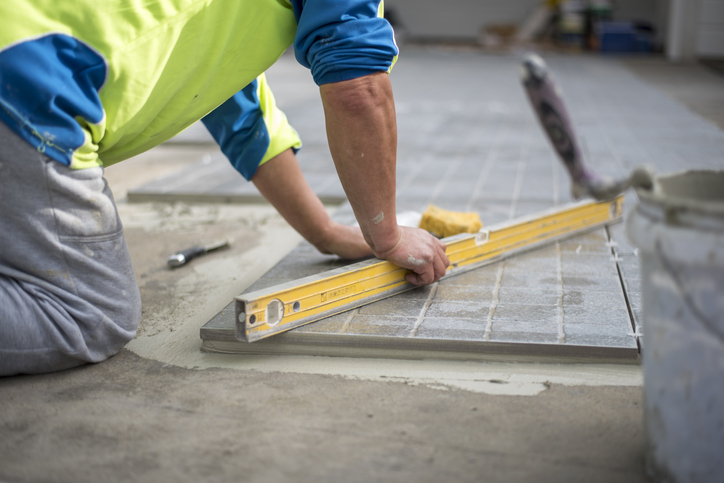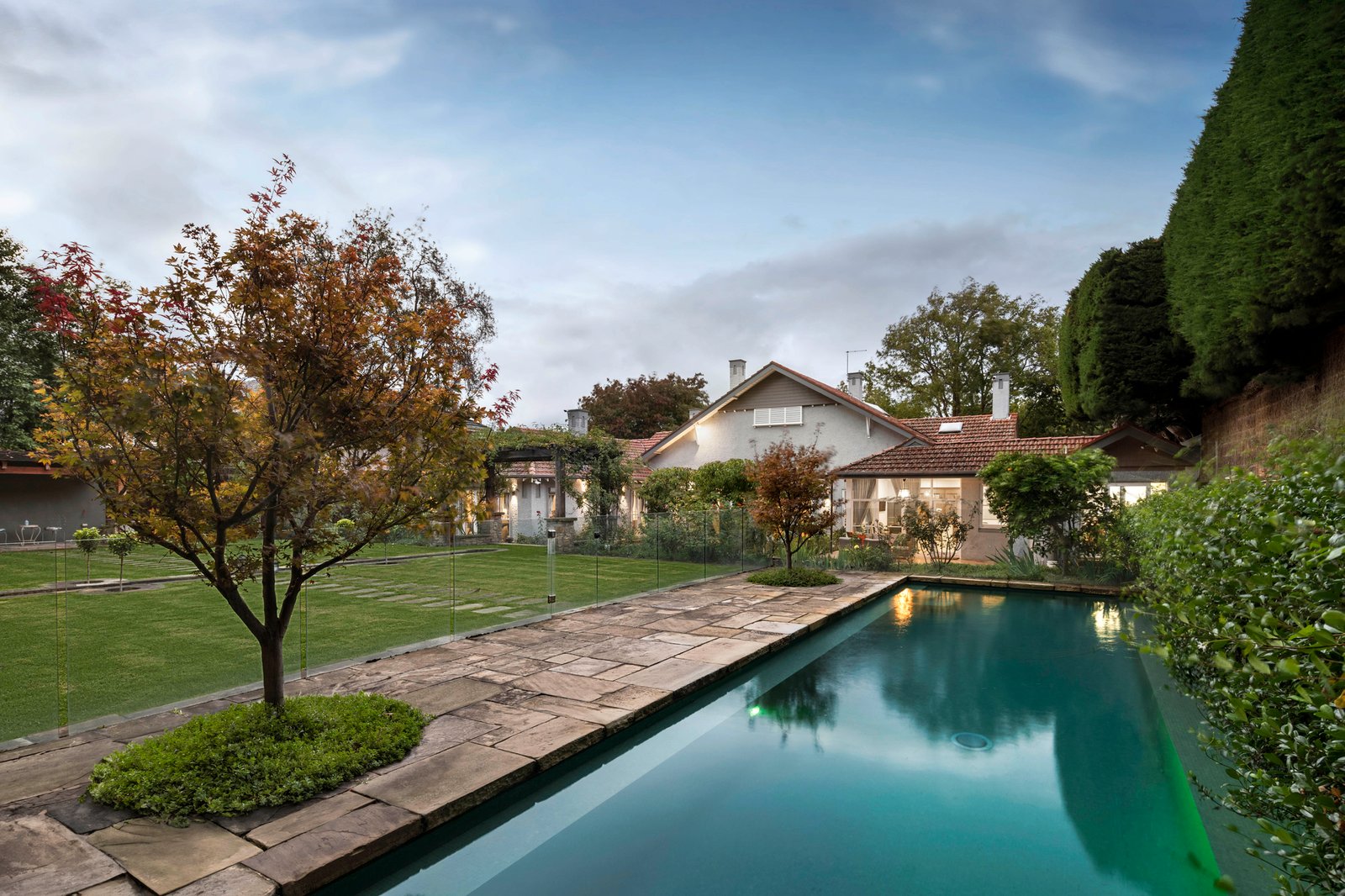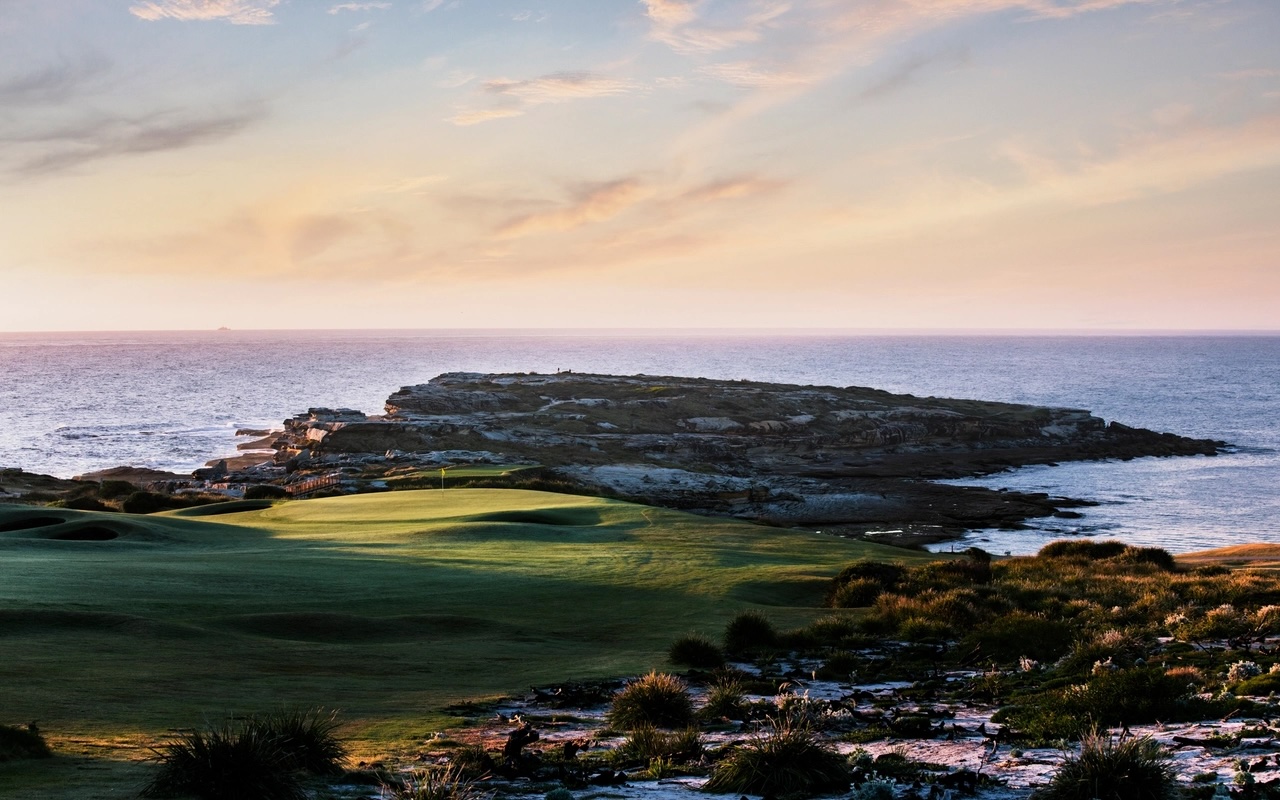Low unemployment levels raise concerns over productivity, inflation
Not everyone is happy about the impacts of a tight labour market
Unemployment levels have remained steady at a low 3.7 percent, new figures from the ABS reveal.
Reflecting a tight labour market and ongoing high demand, data showed that participation levels were also at a record high of 67 percent with employment increasing to 14,096,100.
The news comes on the back of comments by Tim Gurner, CEO of property group Gurner Group, who said earlier this week that unemployment levels needed to rise in order to increase levels of productivity.
Speaking at a finance summit earlier this week, Mr Gurner said employees had become arrogant and needed reminding that they worked for the employer, ‘not the other way around’.
“Unemployment has to jump 40 to 50 per cent in my view. We need to see pain in the economy,” he said.
The comments made news around the world and have been condemned by employee groups, trade unions and politicians such as Greens MP Stephen Bates and US Democrat Alexandria Ocasio-Cortez who tweeted them to highlight the disparity between CEO to worker pay.
Incoming Reserve Bank Governor Michele Bullock also made comments in June that the unemployment rate would need to rise to 4.5 percent to help draw down inflation.
However, ABS head of labour statistics Bjorn Jarvis said indications for a tight labour market continued to be strong over July and August.
“With employment increasing by around 65,000 people and the number of unemployed only dropping slightly, by around 3,000 people, the unemployment rate remained at 3.7 percent in August,” Mr Jarvis said.
“The large increase in employment in August came after a small drop in July, around the school holiday period. Looking over the past two months, the average employment growth was around 32,000 people per month, which is similar to the average growth over the past year.
“The employment-to-population ratio rose 0.1 percentage point to 64.5 per cent, around the record high in June. The participation rate also increased, up to a record high of 67 percent in August, which, together with the high employment-to-population ratio, continues to reflect a tight labour market.”
This stylish family home combines a classic palette and finishes with a flexible floorplan
Just 55 minutes from Sydney, make this your creative getaway located in the majestic Hawkesbury region.
Continued stagflation and cost of living pressures are causing couples to think twice about starting a family, new data has revealed, with long term impacts expected
Australia is in the midst of a ‘baby recession’ with preliminary estimates showing the number of births in 2023 fell by more than four percent to the lowest level since 2006, according to KPMG. The consultancy firm says this reflects the impact of cost-of-living pressures on the feasibility of younger Australians starting a family.
KPMG estimates that 289,100 babies were born in 2023. This compares to 300,684 babies in 2022 and 309,996 in 2021, according to the Australian Bureau of Statistics (ABS). KPMG urban economist Terry Rawnsley said weak economic growth often leads to a reduced number of births. In 2023, ABS data shows gross domestic product (GDP) fell to 1.5 percent. Despite the population growing by 2.5 percent in 2023, GDP on a per capita basis went into negative territory, down one percent over the 12 months.
“Birth rates provide insight into long-term population growth as well as the current confidence of Australian families,” said Mr Rawnsley. “We haven’t seen such a sharp drop in births in Australia since the period of economic stagflation in the 1970s, which coincided with the initial widespread adoption of the contraceptive pill.”
Mr Rawnsley said many Australian couples delayed starting a family while the pandemic played out in 2020. The number of births fell from 305,832 in 2019 to 294,369 in 2020. Then in 2021, strong employment and vast amounts of stimulus money, along with high household savings due to lockdowns, gave couples better financial means to have a baby. This led to a rebound in births.
However, the re-opening of the global economy in 2022 led to soaring inflation. By the start of 2023, the Australian consumer price index (CPI) had risen to its highest level since 1990 at 7.8 percent per annum. By that stage, the Reserve Bank had already commenced an aggressive rate-hiking strategy to fight inflation and had raised the cash rate every month between May and December 2022.
Five more rate hikes during 2023 put further pressure on couples with mortgages and put the brakes on family formation. “This combination of the pandemic and rapid economic changes explains the spike and subsequent sharp decline in birth rates we have observed over the past four years,” Mr Rawnsley said.
The impact of high costs of living on couples’ decision to have a baby is highlighted in births data for the capital cities. KPMG estimates there were 60,860 births in Sydney in 2023, down 8.6 percent from 2019. There were 56,270 births in Melbourne, down 7.3 percent. In Perth, there were 25,020 births, down 6 percent, while in Brisbane there were 30,250 births, down 4.3 percent. Canberra was the only capital city where there was no fall in the number of births in 2023 compared to 2019.
“CPI growth in Canberra has been slightly subdued compared to that in other major cities, and the economic outlook has remained strong,” Mr Rawnsley said. “This means families have not been hurting as much as those in other capital cities, and in turn, we’ve seen a stabilisation of births in the ACT.”
This stylish family home combines a classic palette and finishes with a flexible floorplan
Just 55 minutes from Sydney, make this your creative getaway located in the majestic Hawkesbury region.


















